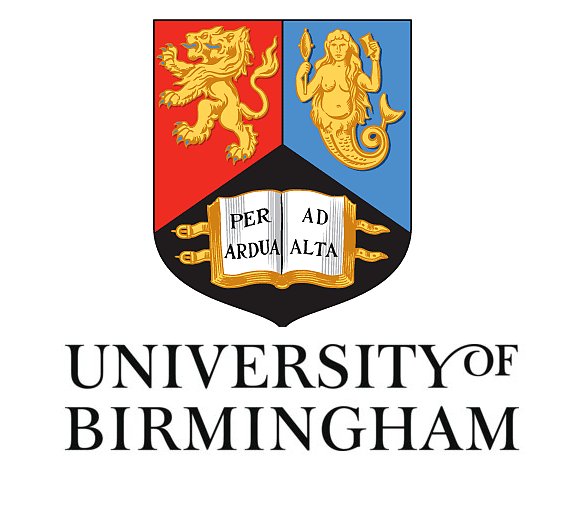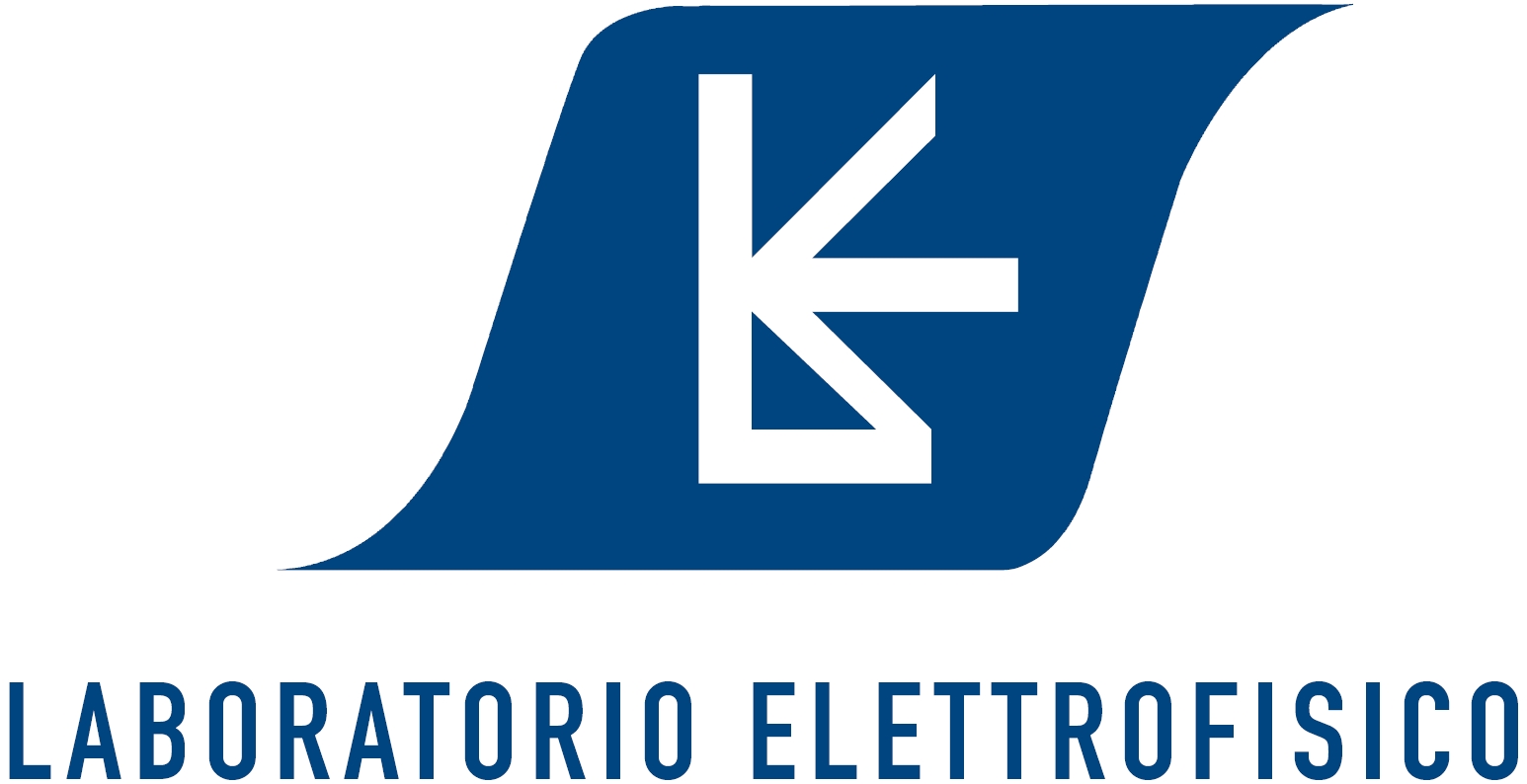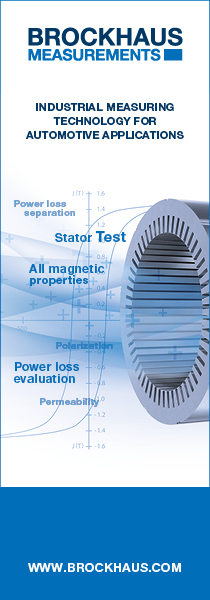Updated 29/11/16
This event will consist of a full day seminar, followed by an evening consisting of a reception, awards ceremony, the Ewing Lecture and an informal dinner.
Talks will be given on various aspects of magnetics, looking back over the last 30 years and into possible future developments. The Ewing Lecture will be given by Prof Stephen Blundell, of the Clarendon Laboratory, University of Oxford.
The venue, the Royal Institution of Great Britain, has a long and distinguished history in science and engineering, and there will be unscheduled access to the Ri’s museum throughout the day. The museum includes Michael Faraday’s actual laboratory where he made his fundamental discoveries of the magneto-optical effect and of diamagnetism.
The reception will be held in the King’s Head pub, on the block before the Ri.
SPONSORS
Neodymium Level
Samarium Level
Ferrite Level
Ceramic Level
Reception sponsored by
TRAVEL INFORMATION
Getting to The Royal Institution of Great Britain
The Royal Institution of Great Britain
21 Albemarle Street
London
W1S 4BS
+44 (0)20 7409 2992
The Royal Institution of Great Britain is in the heart of Mayfair, London, so the best way to travel is by the underground (tube). The nearest station is Green Park on the Jubilee, Victoria and Piccadilly lines, and the RI is about 5 minutes walk from there.
It’s central London, so parking is practically non-existent, and what there is is expensive. You may also incur the Congestion Charge.
More details on travelling to the Ri can be found here.
ACCOMODATION
Due to the time of the year, we are unable to secure discounted bookings at any of the London hotels. Instead, here are some of the options available, with Tube travel times to the venue:
Lower end of the price scale
Comfort Inn Westminster – 30 minutes on the Tube
Premier Inn London Waterloo – 30 minutes on the Tube
The Sanctuary House Hotel – 17 minutes on the Tube
Travelodge London Central Southwark – 30 minutes on the Tube
Premier Inn London County Hall – 30 minutes on the Tube
Higher end of the price scale
Hilton Green Park – 17 minutes on the Tube
Millennium Hotel London Mayfair – 17 minutes on the Tube
Radisson Blu Edwardian Sussex – 16 minutes on the Tube
DoubleTree by Hilton Hotel London – Marble Arch 15 minutes on the Tube
If you would like a wider choice, use this link to see a guide to hotels in the vicinity of the Royal Institution:
https://www.hotelmap.com/pro/M2YBG
DRESS CODE
The dress code for the day and the evening is business attire / smart casual.











